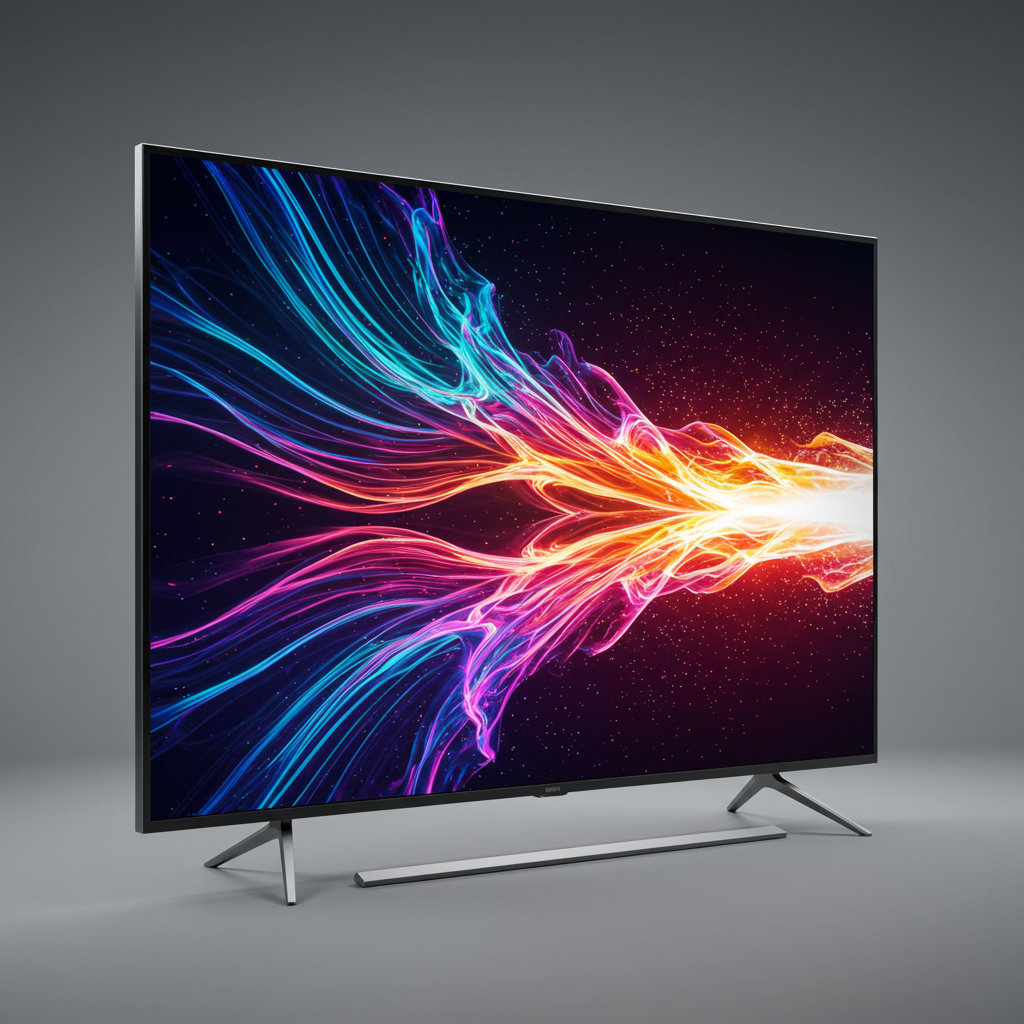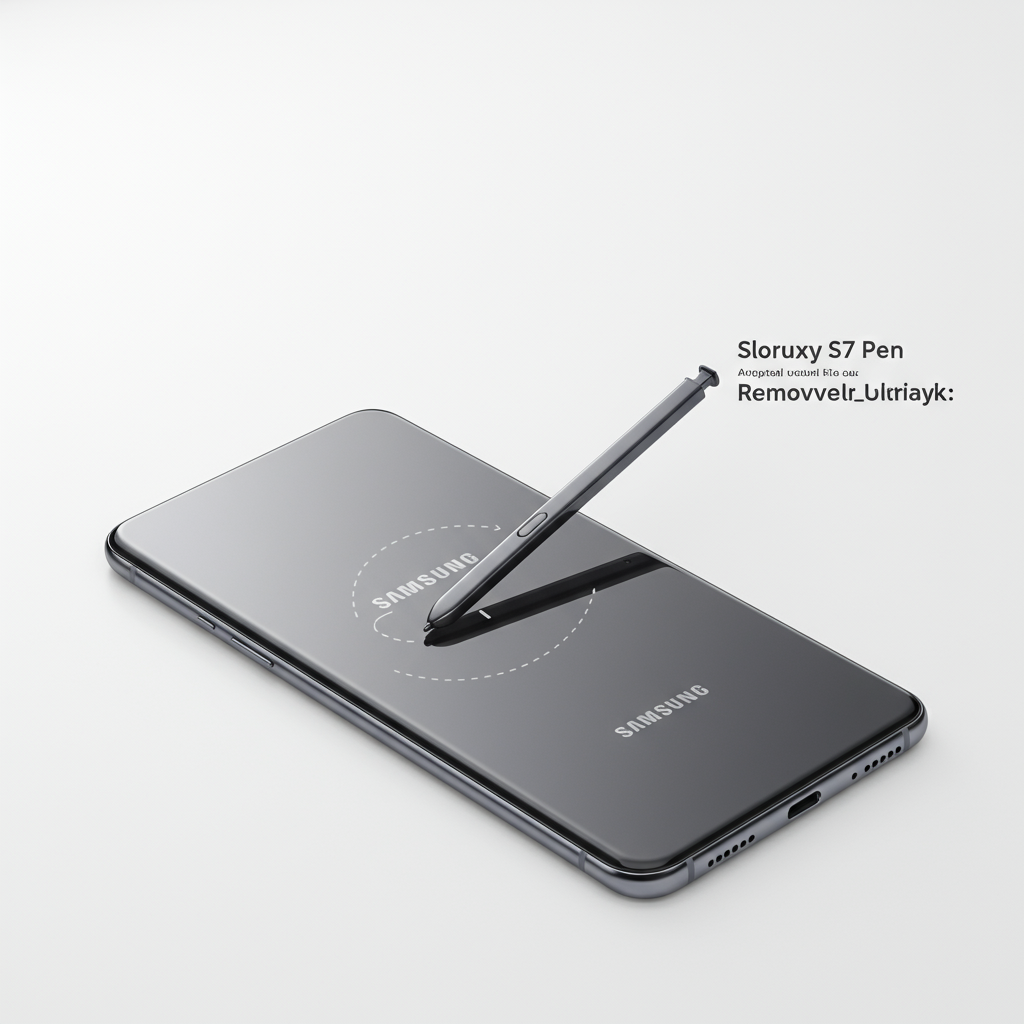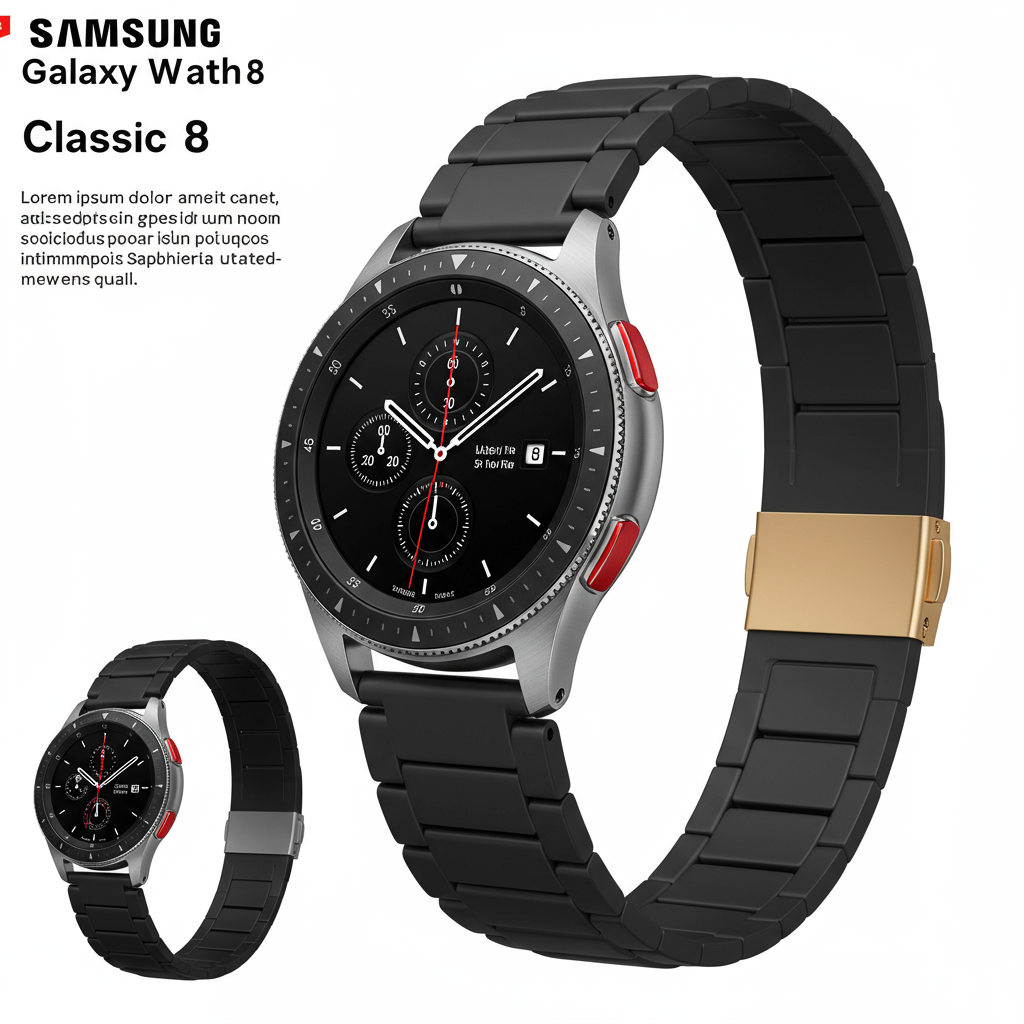Curious about the latest display technology and whether the human eye can even keep up? You’re not alone. Every week, countless questions arrive about navigating the complex world of modern TVs and audio equipment. This week, we dive into finding great value in the Sony OLED lineup, debate a specific Mini LED versus QNED showdown, and explore the fascinating question of whether picture and sound quality have surpassed our biological limits.
Let’s get straight to the answers you’ve been asking.
Finding Value: Panasonic Mini LED vs. LG QNED
Deciding on a new large-screen TV can be tough, especially when comparable sizes appear at similar price points. A common dilemma recently involves the 85-inch Panasonic W95A and the 86-inch LG QNED80T. Many shoppers, like Steve Beaty, have found these models discounted to similar levels and wonder which offers the best bang for their buck.
The Panasonic W95A often stands out in this comparison. It features Mini LED backlighting, a significant step up from the LG QNED80T’s edge-lit system. This difference translates directly to superior contrast and much better local dimming performance on the Panasonic model. When you’re watching HDR content, this advanced backlighting allows bright highlights to truly pop against dark backgrounds, creating a more dynamic and impactful image.
Beyond backlighting, the LG QNED80T also lacks support for key HDR formats like HDR10+ and Dolby Vision. This means you won’t experience many streaming shows and movies with their intended peak visual fidelity. Furthermore, the W95A is noticeably brighter than the QNED80T. While brightness isn’t the only factor in picture quality, it’s crucial for comfortable viewing in daylight or brighter rooms and significantly enhances HDR performance.
Considering the price and size, the discounted Panasonic W95A is exceptionally difficult to beat. Its Mini LED technology, comprehensive HDR support, and higher brightness offer a clear advantage in picture quality compared to the edge-lit LG QNED80T. Other options in this category, even from brands like Sony (such as the Bravia 7) or competitors like Hisense and TCL, are currently priced higher, making the W95A a compelling choice.
Your Budget Sony OLED Options
Sony has a reputation for stunning picture processing, making their OLED TVs highly desirable. However, flagship models like the A95L can come with a premium price tag. This leads many, like reader @rikram33, to seek a more budget-friendly Sony OLED, particularly in the popular 65-inch size.
Fortunately, Sony’s streamlined 2024 OLED lineup makes this search relatively straightforward. The Sony Bravia 8 (specifically the W-RGB OLED version, not the newer QD-OLED Mark 2) is likely the best recommendation if you’re set on the Sony brand but need to save money compared to the A95L or its successor.
Comparing the Bravia 8 and the A95L reveals some key differences and surprising similarities. The A95L uses QD-OLED technology, which offers advantages in color volume and brightness compared to the Bravia 8’s W-RGB OLED panel. However, the Bravia 8 is currently priced significantly lower – often around $1,200 less for the 65-inch size. This price difference makes the minor panel distinctions much easier to accept, especially given Sony’s exceptional picture processing capabilities, which ensure the Bravia 8 still produces a gorgeous image.
Functionally, the two TVs share many features. Both offer the same input configuration (two HDMI 2.1 and two HDMI 2.0 ports), support identical game mode features and refresh rates, and handle the same HDR formats, including HDR10 and Dolby Vision. While reviewers highlight technical performance differences, these distinctions are often less apparent to the average viewer who isn’t comparing the TVs side-by-side in a controlled environment.
If your heart is set on a Sony OLED that doesn’t break the bank, the Bravia 8 presents a strong case. It delivers a premium viewing experience at a much more accessible price point than the A95L. Of course, other brands offer alternatives, such as the LG C4 (slightly less expensive with more HDMI 2.1 ports) or the LG G4 (more expensive but with an MLA panel for greater brightness), but for Sony loyalists, the Bravia 8 is the standout value.
Has TV Tech Outpaced Human Perception?
It’s a common thought when witnessing the incredible picture and sound quality of today’s top-tier displays and audio systems: Have we reached a point where further improvements are imperceptible to human eyes and ears? If so, why does innovation continue at such a rapid pace?
The answer isn’t a simple yes or no. While the quality is undeniably high, innovation persists on two primary fronts: pure technological advancement and enhancing user convenience.
From a technical standpoint, the race for the absolute best picture quality is ongoing. OLED technology, in its various forms (QD-OLED, MLA, upcoming 4-stack OLED), continues to push boundaries with slightly brighter colors and improved HDR performance each year. Mini LED technology is also rapidly improving, offering deeper blacks and richer colors, exemplified by advancements like RGB Mini LED backlighting which promises wider color gamut, higher potential brightness, and improved energy efficiency over traditional Mini LED.
While yearly improvements might be subtle, larger leaps can be noticeable. Furthermore, the competition among technologies benefits consumers by driving prices down and offering high performance at different budget levels. For example, Mini LED provides excellent picture quality that rivals OLED in some areas, making premium viewing experiences more accessible. Recent findings even suggest that due to OLED’s superior contrast, a dimmer OLED panel can be perceived as equally bright as a significantly brighter LED panel when viewing certain content, though actual higher brightness is still crucial for combating reflections in bright rooms.
Beyond chasing peak performance, much of today’s innovation focuses on making the technology easier to integrate and use. Features like Samsung’s One Connect Box, LG’s Zero Connect system, or Sony’s Bravia Theater Quad for simplified surround sound don’t necessarily improve core picture or sound quality. Instead, they address real-world issues like cable clutter, complex setups, and space constraints, significantly enhancing the overall user experience.
So, while we are fortunate to have access to remarkably high-quality home theater technology, there remains ample room for innovation. This includes pushing the boundaries of perceived audio-visual fidelity through advanced panel tech and processing, but also crucially, simplifying installation, improving design, and enhancing the seamless integration of technology into our daily lives. The pursuit of the ultimate viewing and listening experience is far from over.
Frequently Asked Questions
What is the difference between W-RGB OLED and QD-OLED panels?
W-RGB OLEDs use white OLED pixels with color filters to produce red, green, and blue light. QD-OLEDs, like those in the Sony A95L, use blue OLEDs to excite quantum dots, which then emit pure red and green light. QD-OLEDs typically offer higher color volume and can achieve greater brightness for colors compared to W-RGB panels.
Which TV provides better value between the Panasonic W95A and LG QNED80T?
Based on the current market discounts and technical specifications, the Panasonic W95A Mini LED TV offers significantly better value than the LG QNED80T edge-lit model. The W95A provides superior contrast, local dimming, higher brightness, and support for crucial HDR formats like Dolby Vision and HDR10+, delivering a much better picture quality experience for a similar price.
Why do TV manufacturers continue improving picture quality if humans struggle to see differences?
Innovation continues for two main reasons: technological advancement and user convenience. Manufacturers push technical boundaries for marginal performance gains and market competition, sometimes resulting in noticeable leaps. Crucially, they also focus on features that improve the user experience, such as easier setup, reduced cable clutter, and better integration into living spaces, enhancing the practical value of the technology.




